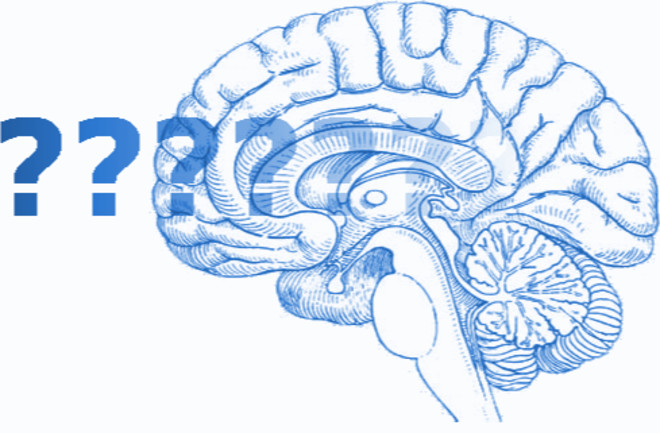A new paper from Nick J. Broers of Maastricht University argues that the size of the effects measured in psychology experiments is essentially meaningless.
An 'effect size' is simply the magnitude of an effect. For instance, if I show that giving students an apple before an exam increases scores by 5% on average, I could say that the effect size of the apples was 5%.


